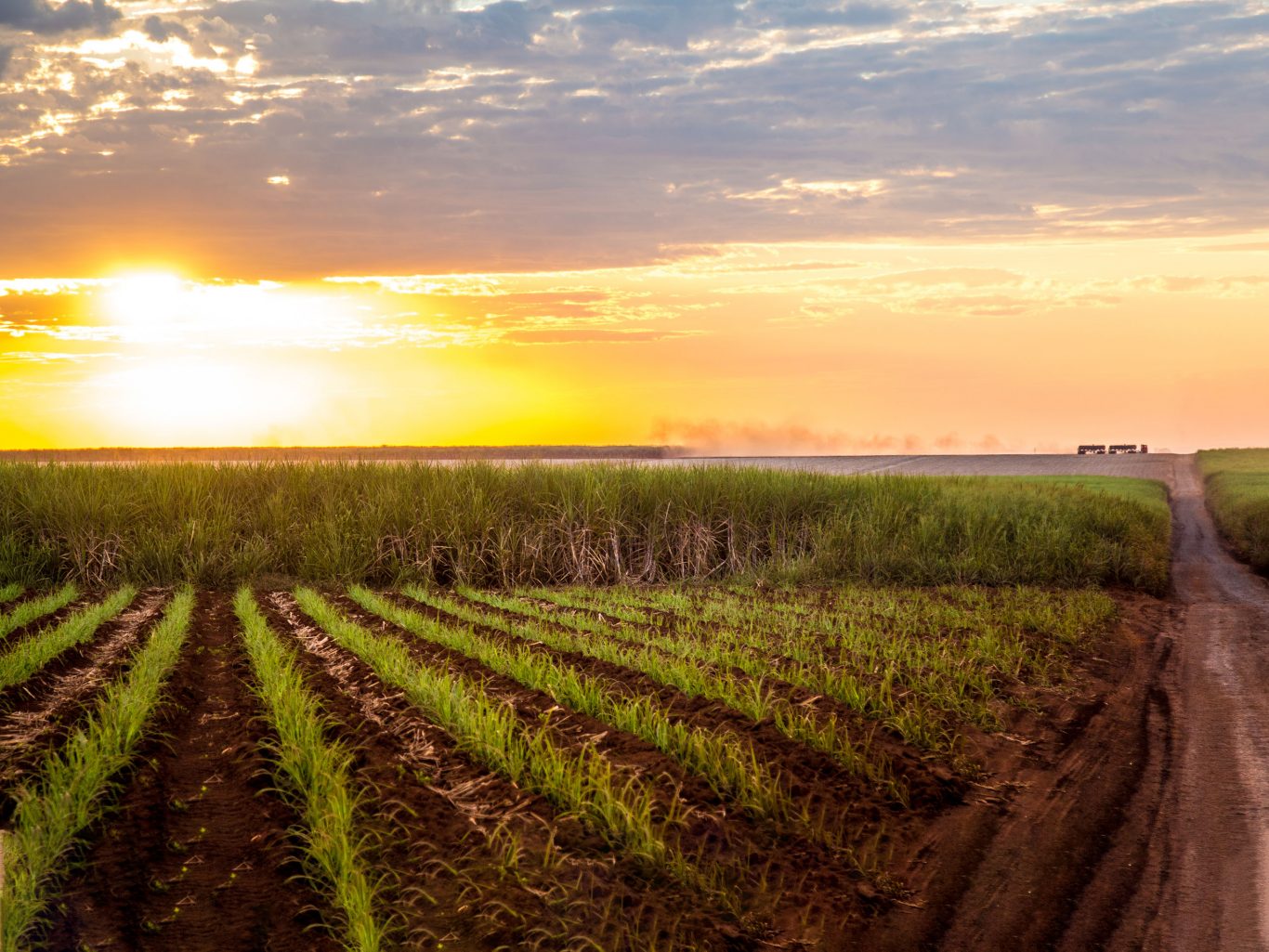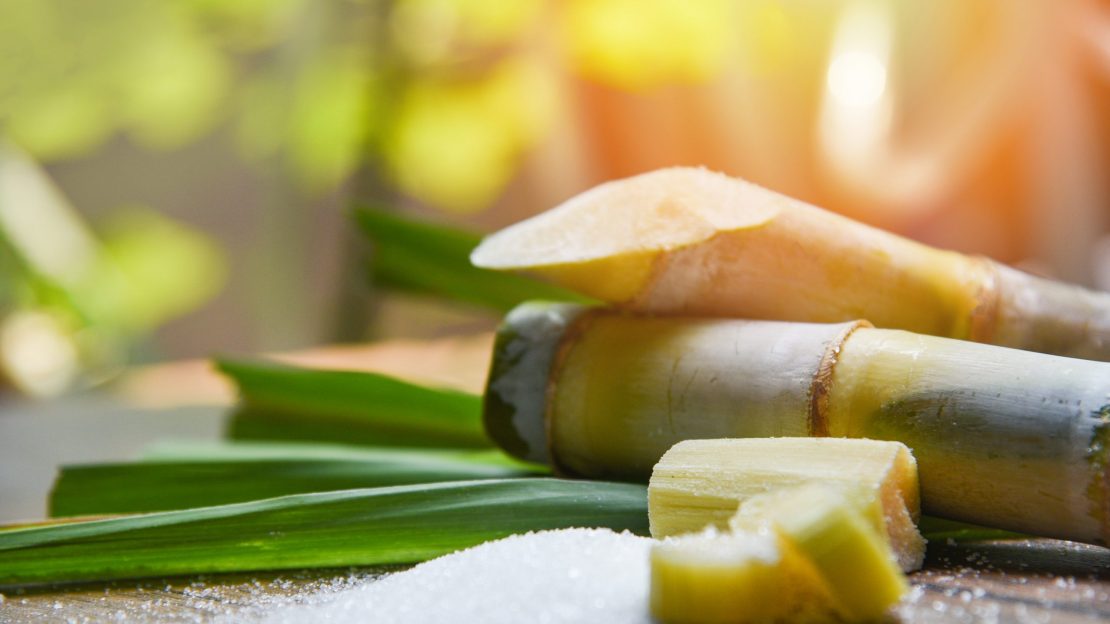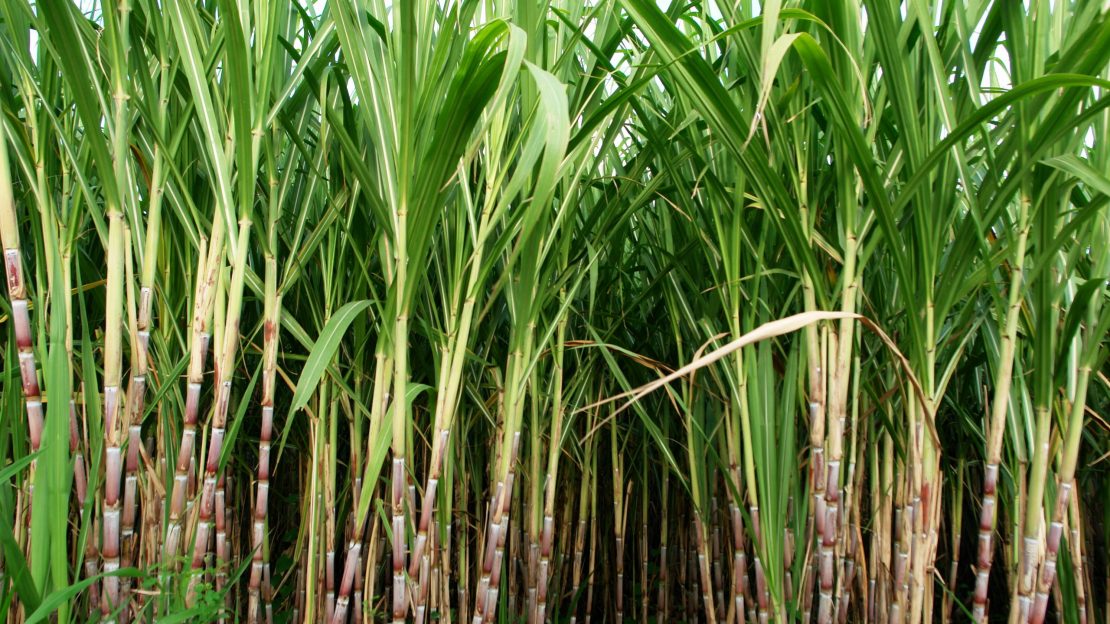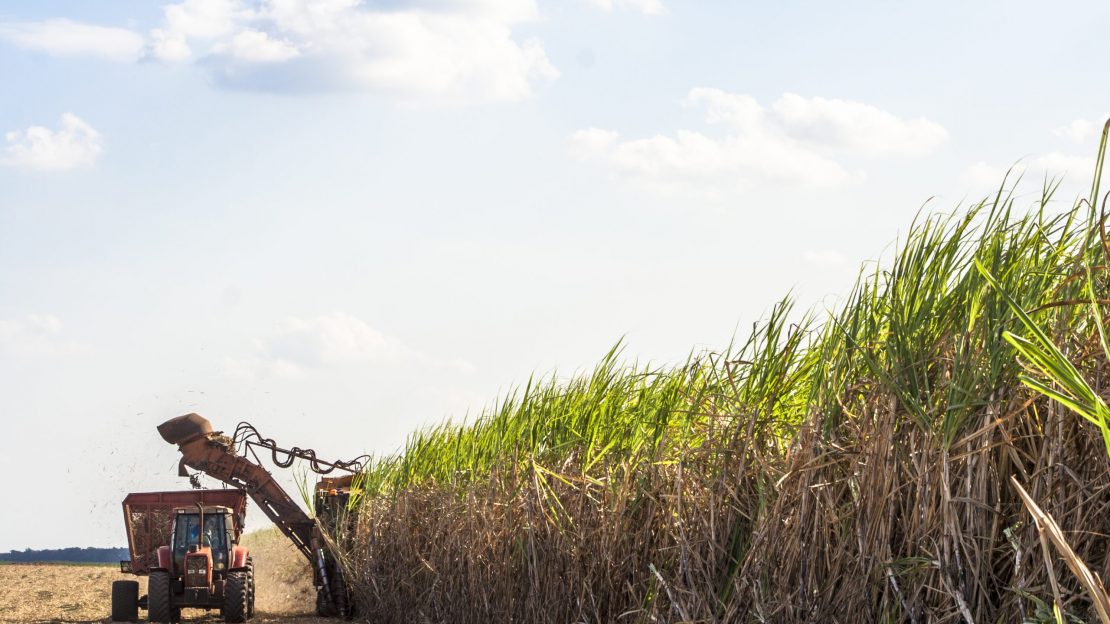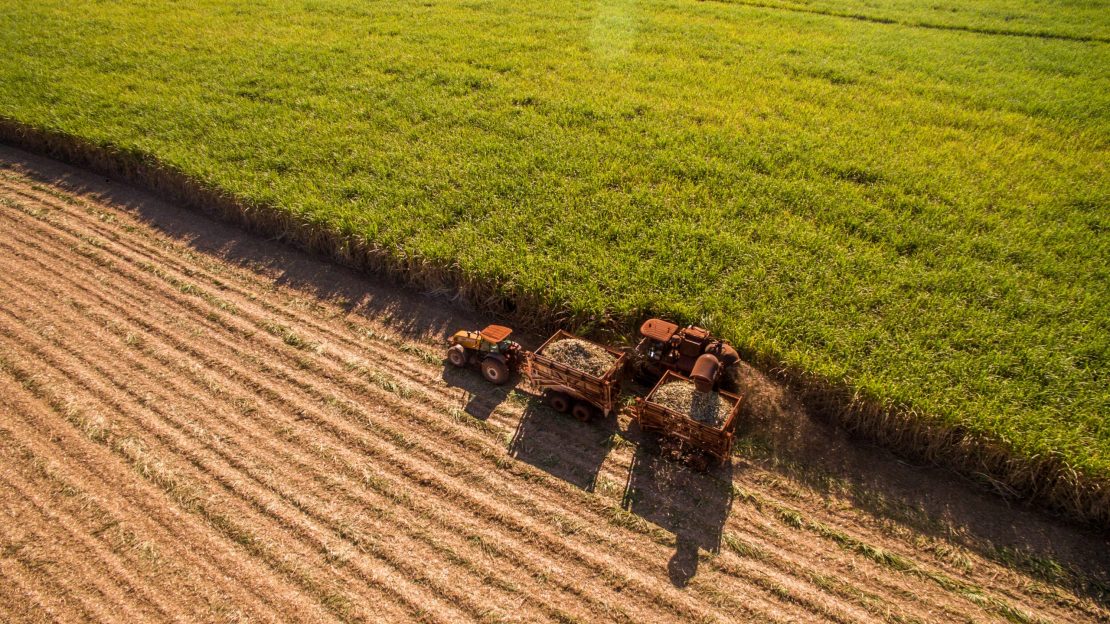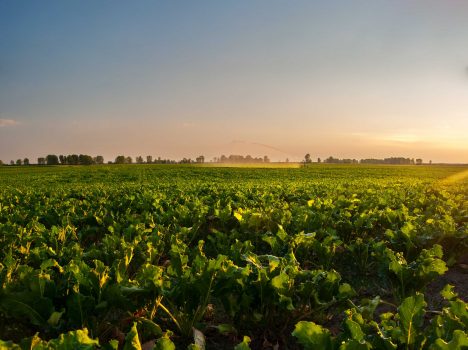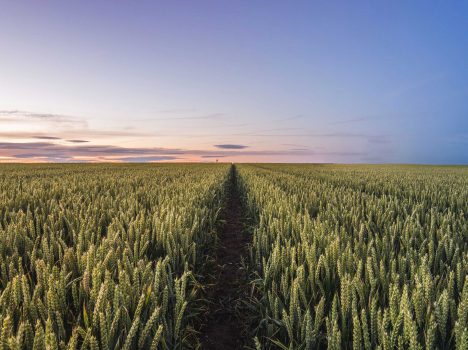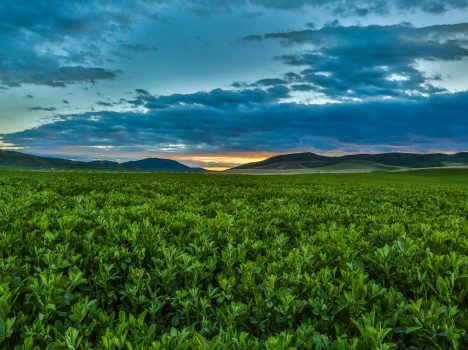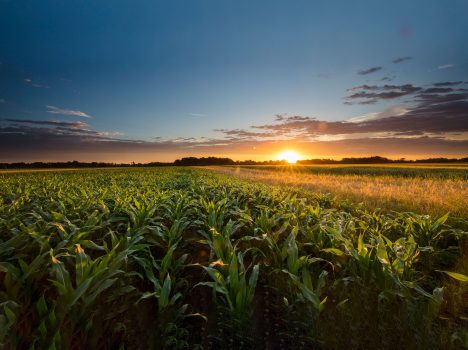Sugar cane processing is one of Tereos' most important sources of revenue. The Group has been active in the sector since 2000 in Brazil and since 2002 in the Indian Ocean.
Key figures
High sweetening power
Sugar cane accounts for 80% of world sugar production, making it the principal sugar-producing raw material. Sugar cane is a tall tropical grass. The stems are harvested, not the leaves. They are principally composed of water, sugar and fibres known as bagasse. The harvest takes place when the concentration of sugar is optimal, occurring on average after 12 months, and lasts several months (up to 240 days). One tonne of canes produces approximately 115 kg of sugar.
Industrial process
Whether harvested manually or mechanically, the canes are shredded and then crushed. This produces juice and bagasse, which is a fibrous residue. The juice is sieved then heated and limed to remove its impurities. It then passes into evaporators to extract a syrup combining sugar crystals and a mother liquor, from which the sugar crystals are separated in a centrifuge.
Increasing yields
Calling on its agronomic and industrial know-how, Tereos is developing cane production and improving yields, particularly thanks to mechanised planting and harvesting in Brazil. In Brazil, Tereos processes the harvests of more than 300,000 hectares of land, benefiting from totally mechanised planting and harvesting. The Group is pioneering the introduction of new precision farming technologies. Very close attention is paid to varieties of cane, with the aim of combining good yield with suitability for specific soils and climates.
